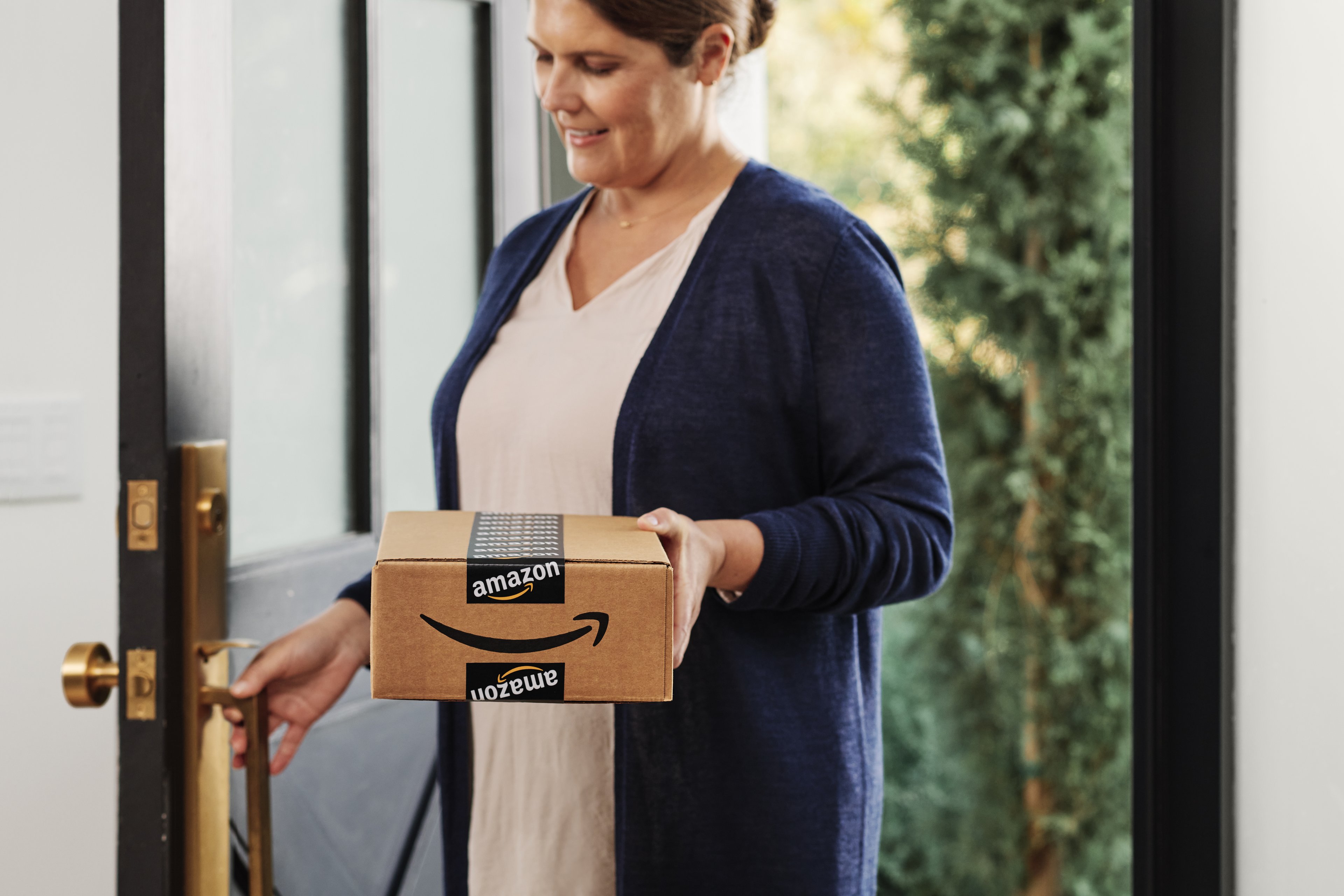Under Armour (UA 0.23%) (UAA +0.44%) has seen its business suffer as the overall retail market has changed. Dick's Sporting Goods (DNKN +0.00%), a key partner, has decided to give the brand less shelf space in favor of its own brands. That has forced the sporting apparel company to put more effort into selling directly to consumers. So far, that has been working as the company has grown that segment of its business while other parts of the company have struggled.
To catch full episodes of all The Motley Fool's free podcasts, check out our podcast center. A full transcript follows the video.
This video was recorded on July 30, 2019.
Jason Moser: OK, Dan, another company that is having a less than stellar day. Let's talk for a minute about Under Armour. The results came out this morning before the market opened. There was some good news and some bad news. This is a business very much in transition, trying to rebound a little bit from a strategy snafu --
Dan Kline: Under Armour is facing some retail headwinds. There's a couple of things. There's the overall negative brick and mortar retail that's creating problems for brands. There's the bigger headwind of companies like Dick's Sporting Goods, which is a pretty important chain for Under Armour, have decided to devote more floor space to their own owned and operated brands. That means that Under Armour has a couple of choices. They can build out their distribution network. I have an Under Armour outlet down the street from me and I shop there all the time. As I'm sure you can all tell by my physical condition, I am dedicated to the Under Armour. But that said, they're not as front-of-mind as, say, a Nike with as many people. So what they've been working on is growing their direct-to-consumer sales. And that's been working. That's about 35% of their business and that number was up. So, yeah, people are reacting badly to the overall revenue number -- basically even in terms of revenue, up 1%. But I think the reality is, the company has a plan, and it's executing pretty well on this plan.
Moser: I don't disagree, actually. I come from the perspective of, I've been a fan of this company for a long time. We enjoyed it on the way up. You have to take your lumps on the way down. Certainly, there were a couple of years ago, Kevin Plank made a conscious decision to boost inventory levels in the name of trying to get product out to people as quickly as possible. On its own, that seemed like at least an idea. We all had our questions regarding it. And it really didn't work out. The numbers I was saying to watch out on MarketFoolery a couple of weeks back, North American sales. If you look at North American sales this year, in the first quarter, they were down 3%, and this quarter they were down 3%. A year ago in those same quarters it was flat and up 2%. But here's something that's interesting. I was talking about that inventory strategy. When you look at this quarter, inventory levels for the company were down 26%. That sounds like a lot, and it is; it actually is a really good thing when you consider last year, the same quarter, inventory levels were up 11%. And if you go to the first quarter, inventory this year was down 24% vs. being up 27% the same quarter a year ago.
Kline: This is Under Armour recognizing -- which it didn't at first -- that it's in the apparel business, not the sports --
Moser: Lifestyle business?
Kline: Yeah. Under Armour could probably stock an endless amount of plain black shirts with its signature material. It's always going to sell those, they're always going to be a big hit. But a big percentage of its business is going to be trendy, it's going to be designs. It's going to be what an athlete that endorses it wears. And the life cycle for that isn't forever. They have to identify their perennials. When you go to a Nike store, you can always buy a black T-shirt with a Nike logo and a swoosh on it, which is actually what I'll be changing into after this show. [laughs] You can always buy that. It doesn't matter how many Nike has, they'll eventually sell them out. Under Armour has figured out that it's OK to run out of certain things. In fact, when it comes to sneakers -- Under Armour is not a big player in sneakers, but they do sell them -- it actually is good to run out of stuff. It creates value and scarcity and makes people shop quickly. Managing your inventory tightly keeps you from having to discount. It's probably going to make my outlet store less of a good deal. But for the company, it helps them.
Moser: Absolutely! That's one of the big drivers of this revenue stagnation in the near term, is the fact that these inventory levels are coming down so quickly. A lot of that means they are discounting, they're trying to get stuff out of the way here, because they are moving back to that strategy of trying to focus a little bit more on a premium product, going back to what the business was founded upon in the first place. I can certainly see the market's lack of patience in today.
Kline: Yeah, and they took that money and used it to pay down debt. They paid off $591 million of debt in the quarter. The less debt you have, the more flexibility you have. If an opportunity comes up, they're in a better position to go after it. And they're going to have to do some advertising, whether that means traditional advertising or athlete sponsorship or venue sponsorship. There is still a lag between Nike, who's almost certainly their top competitor, and Under Armour in terms of every day non-athlete. They have plenty of inventory that are not that athletic, sweat-wicking material, they're just T-shirts. They need the non-athlete to think the brand is cool, or they want to wear it because the quarterback on their team wears it. That's something you have to do strategically. Obviously, Nike does it incredibly well, if you saw their post Women's World Cup commercials or their Tiger Woods post-Masters commercial. Under Armour has to figure some of that out. But they're maintaining their ability to do that, and their international sales were up 12%, which is a strong sign as well.
Moser: Yep, slow and steady. I feel like they're making the right steps here. But it's going to take a little time, for sure.





